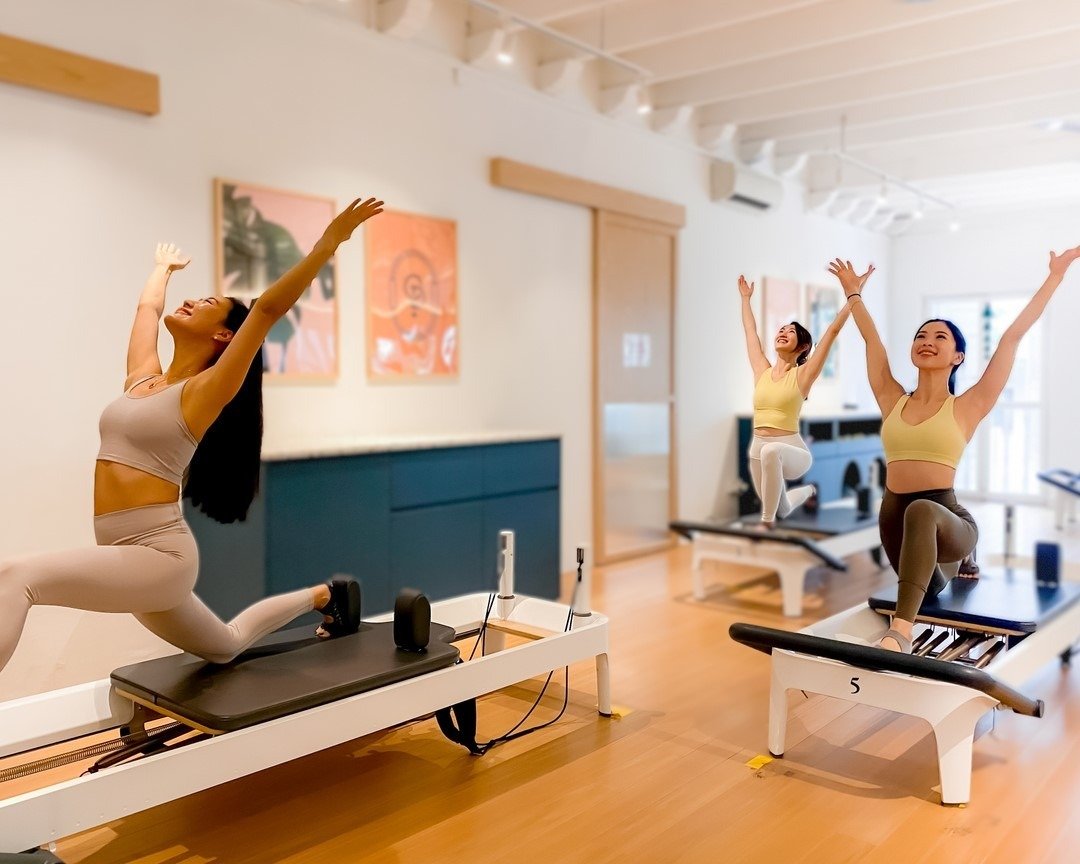Dermatologist Insider: Skincare routine for glowing skin
Follow these skincare tips and tricks for smooth, toned and clear skin and look five years younger (maybe)
Text: Sam Y
We’re constantly being bombarded by articles, vlogs, social media posts and ads telling us what beauty products we should put on our skin to provide us with a smooth, toned and blemish-free complexion. From age-defying skin creams, to unbeatable serums, and lists of homemade remedies, many claim to offer the ultimate in skincare.
We’re all familiar with the sight of cluttered shelves littered with bottles, tubs and containers promising everlasting youth, and clear, supple skin. Nut enough. is. enough. What does our skin really need? We spoke to Dr Tan Hiok Hee, Senior Consultant Dermatologist at Thomson Specialist Skin Centre for some answers.
Build a basic skincare routine
Okay, this is a bit of a no-brainer, but the very first step is to establish a skincare routine. “A very basic good skincare routine incorporates a facial cleanser, a moisturiser and sunscreen.” says Dr Tan. The skin is the largest organ in the body and can be affected by a myriad of conditions. “These products should be tailored to your skin type, taking into account your age, level of outdoor activity, occupation and whether you suffer from any skin diseases.”
But how do you know which products are a good match? This is where a dermatologist comes in. “We are experts in skin, hair and nail conditions and can diagnose, treat and give advice on any issues pertaining to these areas,” Dr Tan says.
He also recommends reading the list of ingredients on the products you use and speaking to your doctor if you have doubts. Be wary of claims that are too good to be true –– always do your own research.
Understand what’s going on
To understand how to achieve clear skin, we should first understand what causes it to wrinkle, blemish and roughen up like an old handbag. Genetic and environmental factors are responsible, but the most important environmental factor is sun exposure. “The ultraviolet (UV) radiation from the sun causes photoaging –– resulting in wrinkle formation and loss of firmness and elasticity because of collagen breakdown. It can also lead to excessive pigment formation,” Dr Tan explains. “Wrinkles develop because of repetitive muscle contraction, for example, people who frown a lot can get very prominent wrinkles on the forehead.”
Other factors include smoking (hello aging and wrinkles!), or the excessive use of harsh soaps and cleansers that can exacerbate dryness, causing your complexion to feel rough.
Look at your products (and dinner plate)
Everybody’s skin is different. However, there are a few general guidelines you should follow. First up, remember that certain products meant for the body may not be suitable for the face. “Facial moisturisers tend to be lighter in nature in comparison to body moisturisers, so there’s less chance of it causing clogged pores,” says Dr Tan. “Cleansers for the face should be carefully chosen based on your skin type. As far as possible, never use bar soap to wash your face. It’s fine for your body, but generally too drying for regular use on your face.”
It’s also common to hear of homemade remedies that cure pigmentation and zits, however Dr Tan firmly warns against this. “I’ve had patients suffer from severe irritation after applying concentrated lemon juice or apple cider vinegar on their face. This should absolutely be avoided.” Oh, and btw, don’t put toothpaste on your pimples!
If you struggle with acne, Dr Tan suggests making changes to your diet. A low sugar intake is beneficial if you’re tackling spots, and maintaining a healthy weight is important to reduce skin diseases like psoriasis –– an autoimmune disorder that causes red, itchy scaly patches.
Get as many tips from a derm as you can
To reduce the appearance of wrinkles, Dr Tan recommends Vitamin A-derived retinols, which help in healing skin and preventing breakouts, and can be found in many over-the-counter products. Topical retinoic acid is also great for fine lines but must be prescribed by a doctor. He also suggests tackling pigmentation with serums that contain antioxidants and tranexamic acid. For some individuals, medical treatments with chemical peels, lasers and light-based devices can also help.
Lastly, without wanting to sound like your mum, don’t scrimp on sleep, drink enough water and try to manage stress as best as possible.















